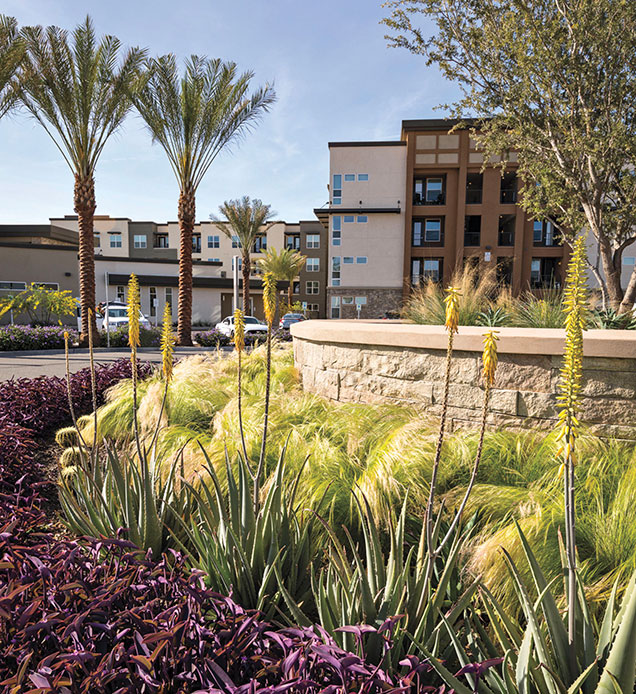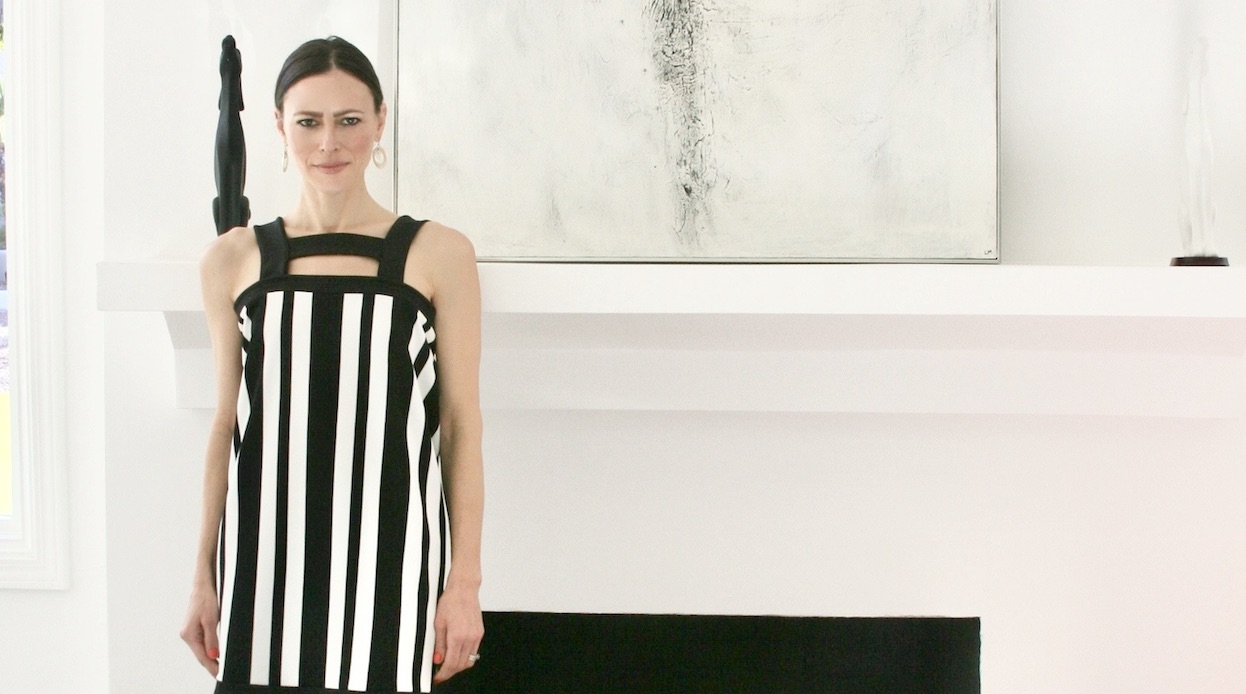Flower Power: A Q&A with Debra Prinzing

The author, speaker, agricultural advocate and founder of the Slow Flowers movement shares her thoughts on the importance of growing local.
By Carly Scholl
Phoenix Home & Garden: What inspired you to start the slow flowers movement?
Debra Prinzing: I used to work at Seattle Homes and Lifestyles, and when I would search for good stories for the magazine, I started meeting flower farmers around the country. As I learned more about their businesses and how rare cut-flower growers are, I realized that there weren’t that many of them on the radar. You might meet them at the farmers markets, but that was about it.
I became intrigued by their stories. They really care about the environment, about preserving heirloom floral varieties and seasonality. All of these elements were things I encountered in the culinary “slow food” movement as well, so I knew that there could be a national interest and maybe even a demand for locally grown flowers.
Flower farmers compete on a very uneven playing field with imported flowers. I felt like it was a David and Goliath kind of story. There was no face on these flowers, and I knew that once consumers get to know the people behind a brand or industry, they would get drawn into the story.
The first use of the term “slow flowers” was in a book I wrote in 2012 called “The 50 Mile Bouquet: Seasonal, Local and Sustainable Flowers” (St. Lynn’s Press). I’ve written several books about this movement, and started SlowFlowers.com in 2014

as an online directory for people to find local flower farms and florists who are committed to the tenets of the movement.
PHG: In your Slow Flowers Manifesto, you note that there is a “disconnect” between humans and flowers in the modern era. Can you elaborate on that observation?
DP: When I was growing up in the 1970s in Massachussetts, the florist in town had a greenhouse attached to their building, so you knew exactly where your flowers were coming from. A lot of us grew up with grandparents who cultivated food or flowers in their gardens. There was just more of an immediate connection to the natural produce or blooms we enjoyed—they were literally growing in our backyard.
When we experience the joy of putting a seed in the ground and watching it grow, we understand that it’s more than just eye candy, it’s the origin of life. Gardening is a soulful practice.
Imports are never going away—I’ve given up trying to fight that. And because of the massive import industry, many florists and farmers have found that it’s not cost-effective to grow flowers or buy local. But I wanted this slow flower movement to encourage and celebrate the hard-working people in your own community who are preserving the art of flower farming. What I’m trying to put my energy into is seasonal, local, sustainable flowers. All of that leads to a beautiful, long lasting flowers.
PHG: The slow food movement touts health benefits as a main reason why consumers should eat locally grown and cultivated foods. What are the benefits to the consumer of slow flowers?
DP: Flowers are symbolic for a lot of people of the beauty of nature, and it is a visceral connection. I want to show that flowers don’t have to be a special occasion thing, but that they can be a part of your everyday life—doesn’t it do wonders for your mood to pass by a lovely bouquet in your home each day? I’ve often run into the perception that locally grown flowers are a little low end, but I want people to think of them as a couture element rather than a commodity. These growers are cultivating spectacular heirloom varietals you’d never be able to find at a supermarket.
And of course, the ecological benefits are hugely important. Mainstream floristry makes a massive environmental impact through transportation. Jumbo jets fly in every day from such places as Ecuador and Peru and into L.A. or Miami, and then they’re loaded onto trucks and driven all over the country. With local flowers, you know that the bouquets you’re perusing at your community farmers market were at the very most packed into a pickup truck and driven a few miles.
PHG: Why do you think people are beginning to care more about “slow” movements instead of the convenience, low-cost and instant gratification of “fast” products?
DP: We all struggle with consumerism because we always love instant gratification—it’s very hard to fight the pressure of gratification and bargains.
But, the pendulum has definitely swung in the last decade against throw-away consumerism and more toward thoughtful, mindful purchasing habits. Right now there is a renaissance happening in the domestic cut flower world, and the demand is growing. Florists, like farm–to–table chefs, started asking for seasonal flowers.
I also have to give credit to social media platforms such as Pinterest, Instagram and Facebook—these are tools that have no cost and have given farmers a visual and direct way to introduce people to heirloom flowers. Once people see the faces, read the stories and witness the beauty of a flower farm, they want to get involved.
Click here to read our story from the April issue about three Arizona flower farms that are bringing the beauty and benefits of fresh-cut blooms to their communities.






